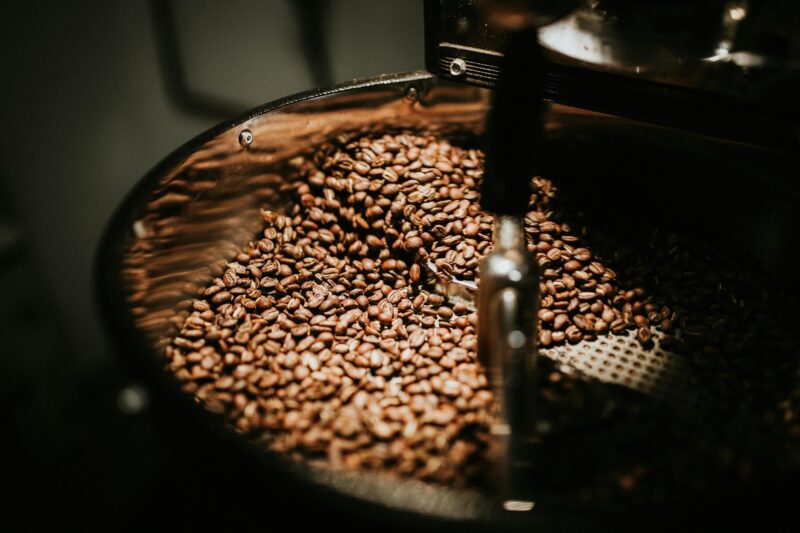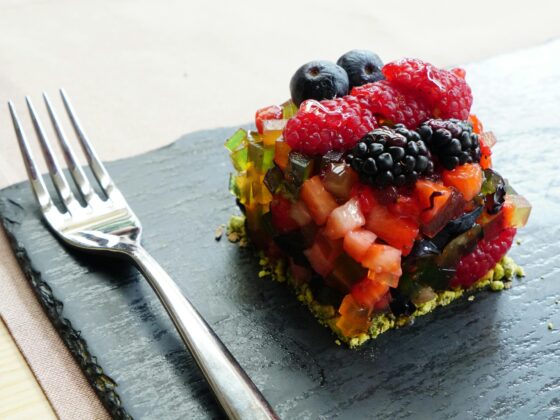Recognizing great coffee starts the moment the brew touches your lips. Is it smooth, rich, and well-balanced? Identifying quality coffee means noticing aroma, flavour complexity, and mouthfeel. From the first sip, excellent coffee offers depth without bitterness and a clean finish. Let’s explore the telltale signs that reveal a truly exceptional cup, no barista training required.
The Aroma Tells a Story
Before you even take a sip, the aroma should greet you with richness. Great coffee has a fragrant, often complex bouquet. You may notice floral notes, chocolate hints, or fruity undertones. If the aroma is flat or chemically, quality is lacking. When you’re on the move, it’s always a good idea to bring a cold brew bottle, to keep your energy levels up throughout the day.
First Sip: A Flavour Explosion
The first contact with your palate should spark immediate interest. Balanced acidity, sweetness, and bitterness signal expert roasting. Exquisite coffee offers a full-bodied experience with evolving layers of flavour. Poor quality coffee delivers a dull mouthfeel or overwhelming bitterness. A slight fruitiness or nutty aftertaste is often a good sign. If it tastes thin or burnt, it’s not top-tier.
Mouthfeel and Texture Matter
Texture enhances how flavour is experienced. Great coffee should feel silky, smooth, and round in the mouth. It’s not just about flavour, it’s also how it coats the tongue. Grittiness, excessive wateriness, or sharpness are negatives. Well-brewed beans deliver harmony in texture. A creamy mouthfeel in a black coffee often signals excellent bean quality and an ideal extraction method.
Acidity that Brightens, Not Bites
Acidity is misunderstood in coffee. Great coffee includes brightness, not sourness. You’ll recognize complex citrus or berry-like highs without mouth-puckering sharpness. Mild acidity stimulates the palate. Dull or overwhelming acidic notes show poor bean quality or bad brewing technique. Look for wine-like, clean, and refreshing profiles. They suggest high-altitude origins and expert roasting processes that preserve delicate characteristics.
Aftertaste and Radiance
A sign of great coffee is a compelling finish. The aftertaste should linger and evolve, not vanish. You might notice a caramel sweetness or smooth chocolate character remaining. Quality beans continue to tell their story even after swallowing. If the taste ends abruptly or has chemical bitterness, that’s a red flag. A long, delicious aftertaste signals balanced structure and roasting expertise.
Balance Is Key
Balance refers to how well different flavours coexist in your cup. In exceptional coffee, no single element overwhelms the others. Acidity, bitterness, and sweetness harmonize. Every sip feels composed and rewarding. Poor coffee tastes one-dimensional or overly aggressive. When balance is achieved, the drinker enjoys complexity without confusion, each nuance is noticeable but integrated into a unified whole.
Roast Profile Supports, Doesn’t Dominate
The roast should enhance the natural character of the beans. Light roasts highlight floral and citrus notes. Medium roasts bring cocoa and nuttiness forward. Dark roasts showcase boldness with restraint. Over-roasted beans taste burnt and hide all origin traits. Great coffee uses roasting as a complement, not a mask. The roast profile must respect the bean’s natural potential.
Freshness Changes the Game
Fresh coffee always wins in flavour and aroma. Just-roasted beans reveal their full vibrancy. Stale coffee loses aromatic intensity and tastes flat. Ideally, beans are consumed within four weeks of roasting. Sealed packaging extends life only slightly. Grinding right before brewing keeps oils intact. Great coffee always tastes alive, if your cup feels tired, it probably is.








